
Now I can understand the reason

In today’s convenient transportation system, trains have won the hearts of many travelers due to their unique advantages. However, a concerning and controversial phenomenon while traveling by train is that the toilets on trains are directly connected to the tracks.
This design surely raises doubts for passengers, especially from a hygiene and environmental protection perspective. Many people can’t help but wonder: Why do train toilets use a system that discharges waste directly onto the tracks? Does this result in dirty tracks?
First, let’s explore how train toilets work. Traditional train toilets often use a “direct discharge” system, meaning that when passengers use the restroom, the waste is discharged directly through a pipe onto the tracks below. The original purpose of this design was to simplify the waste disposal process while the train was in motion and to avoid problems like unpleasant odors and water accumulation in the toilet.
Compared to other modes of transportation, trains move at high speeds, and the space between the tracks is relatively wide. Designers believe that this discharge method will not have a significant negative impact on the environment. Moreover, when the train is running at high speeds, the waste is quickly dispersed by the airflow, thereby reducing direct pollution to the tracks and surrounding environment.
So, if the waste in train toilets is discharged directly, why do the tracks still appear relatively clean and tidy? This is mainly due to the following aspects:
First, track maintenance is regularly performed. The railway department places great importance on track maintenance, conducting routine cleaning and inspections to ensure the health and safety of the tracks. This regular cleaning and maintenance help keep the tracks in good condition.
Second, natural environmental factors play a role. In many areas, natural conditions along railway routes are favorable for waste management. For instance, rainwater can dilute waste, and wind can disperse it, thereby reducing direct harm to the environment to a certain extent.
Third, waste disposal technology is continuously innovating. With advances in science and technology, the railway industry has gradually introduced new technologies to mitigate hygiene issues. In modern train toilet designs, some models have started using sealed waste containers, which are collected and processed when the train reaches a station, minimizing the impact on the tracks.
Fourth, environmental awareness is increasing. With societal development, people’s environmental protection concepts have continued to improve. The railway management sector is also paying more attention to environmental protection during the design and operation processes, actively implementing measures to reduce environmental pollution.
On social media, the topic of train toilets designed to discharge waste directly onto the tracks has sparked widespread discussion among netizens. Some argue that while the convenience of this design can be understood in certain aspects, they still feel uncomfortable using the toilet and consider it not entirely civilized. They hope that the railway industry will introduce more advanced toilet systems to ensure passenger comfort and environmental hygiene.
Looking to the future, as technology continues to advance, train toilet designs are expected to evolve toward more environmentally friendly and humane solutions. For instance, many countries have started developing new biological toilets that can convert waste into harmless substances, further reducing the impact on the environment. At the same time, the railway department could place more focus on passengers’ experience and hygiene as they develop new models, striving to improve the overall level of service.
In conclusion, while the design of train toilets discharging onto the tracks has sparked some controversy, the reasons and actual effectiveness behind it reflect a balance between environmental protection and the convenience of railway transportation. As passengers, while enjoying the convenience of train travel, we should also understand and respect the original intention behind this design. It is hoped that future train toilets will strike a better balance between environmental protection and passenger comfort, contributing to the sustainable development of railway travel.
News in the same category

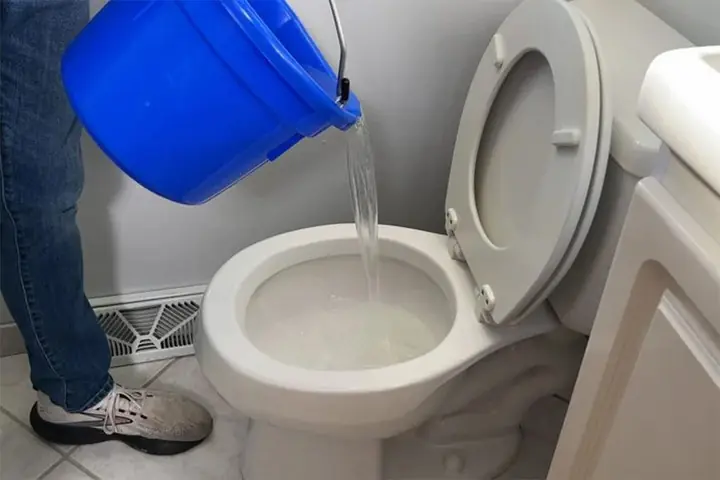
Why you should never pour household wastewater into the toilet?

If Your Parent Shows These 3 Signs, They May Be Nearing the End of Life. Prepare Yourself for What’s to Come

Can you eat leftover rice safely? Here’s what nutrition experts say

Warning signs: Persistent itching and small bumps on your skin may signal a hidden problem
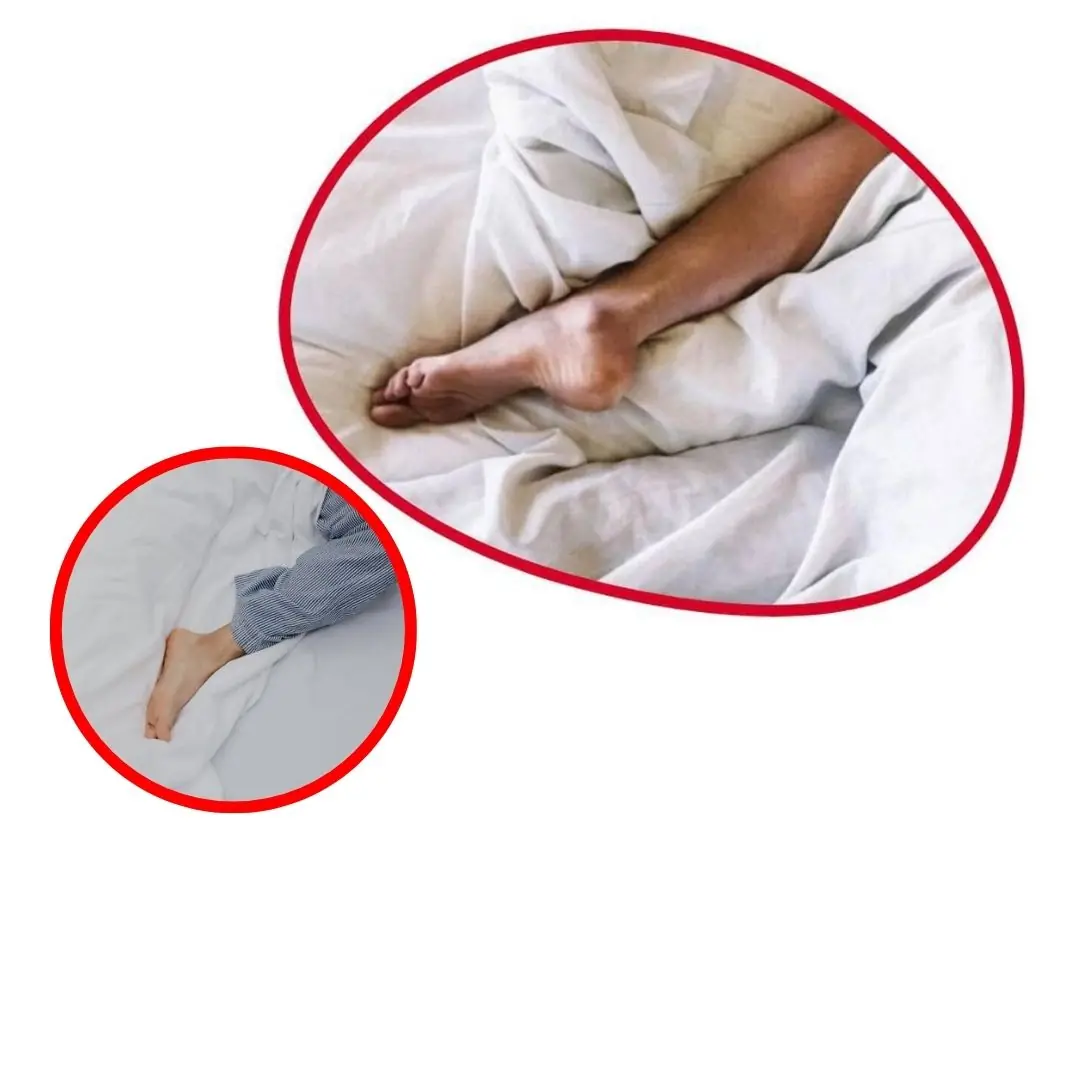
For those who are in the habit of poking the leg out of the bed sheet when sleeping

Health Warning: 4 Types of Electric Kettles You Should Stop Using Immediately

This type of "poiso,nous sandal" can cause early puberty in children, but many parents still buy it for their children to wear!

With this leaf in hand, you don't have to worry about diarrhea or health problems will improve

Don’t Drink Water Immediately After Waking Up: Doctors Reveal 5 Important Things to Do First

A 106-Year-Old Woman Reveals a Zero-Cost Secret to Longevity — And It’s Not Exercise or Dieting
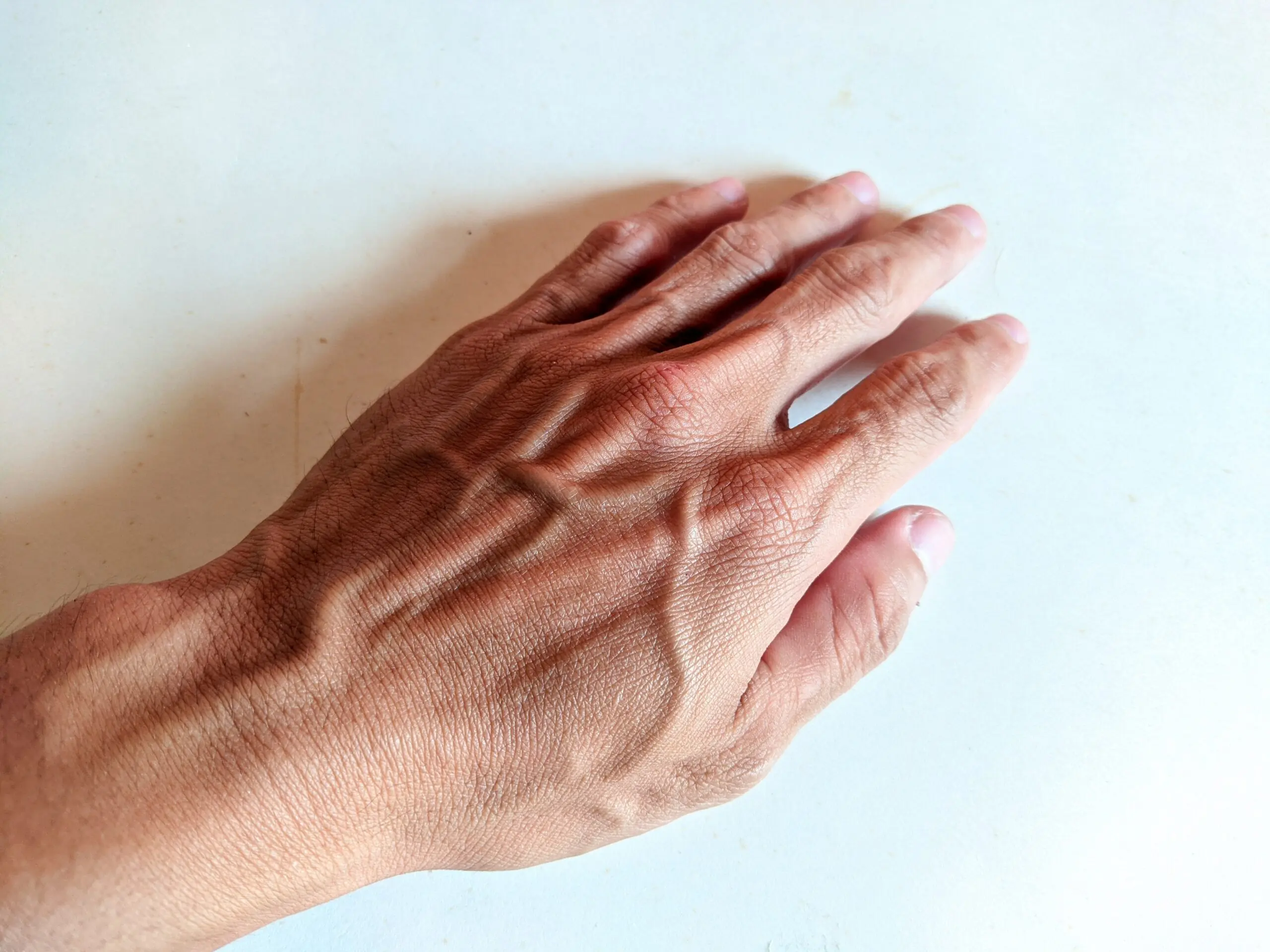
Why Are My Veins Suddenly Bulging and Visible?

Just follow these 4 steps and pork will always turn out tender, juicy, and never tough

Mix White Salt With Fabric Softener: A Simple Household Trick That Saves Money and Solves Multiple Problems

Installing an Air Conditioner: Avoid These 4 Locations to Protect Your Family’s Health

Don’t Throw Away Rice-Washing Water: 5 Surprisingly Useful Kitchen Benefits

Why should garlic be placed at the head of the bed when sleeping at night?
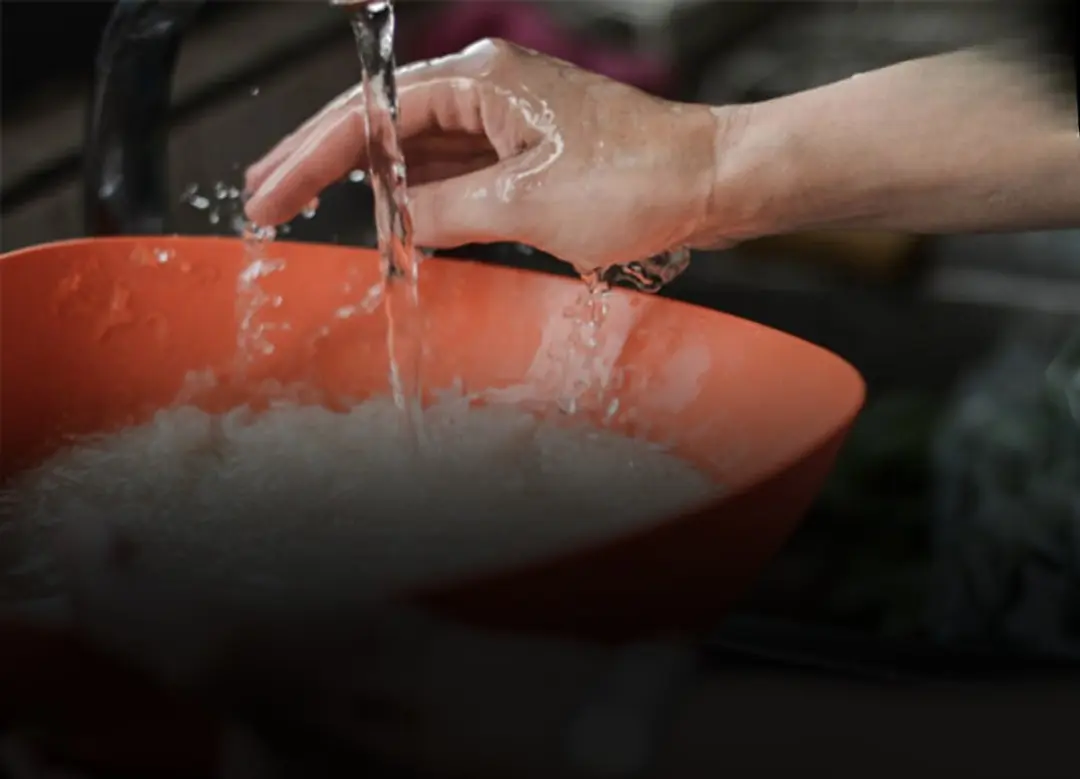
Cook rice better just this
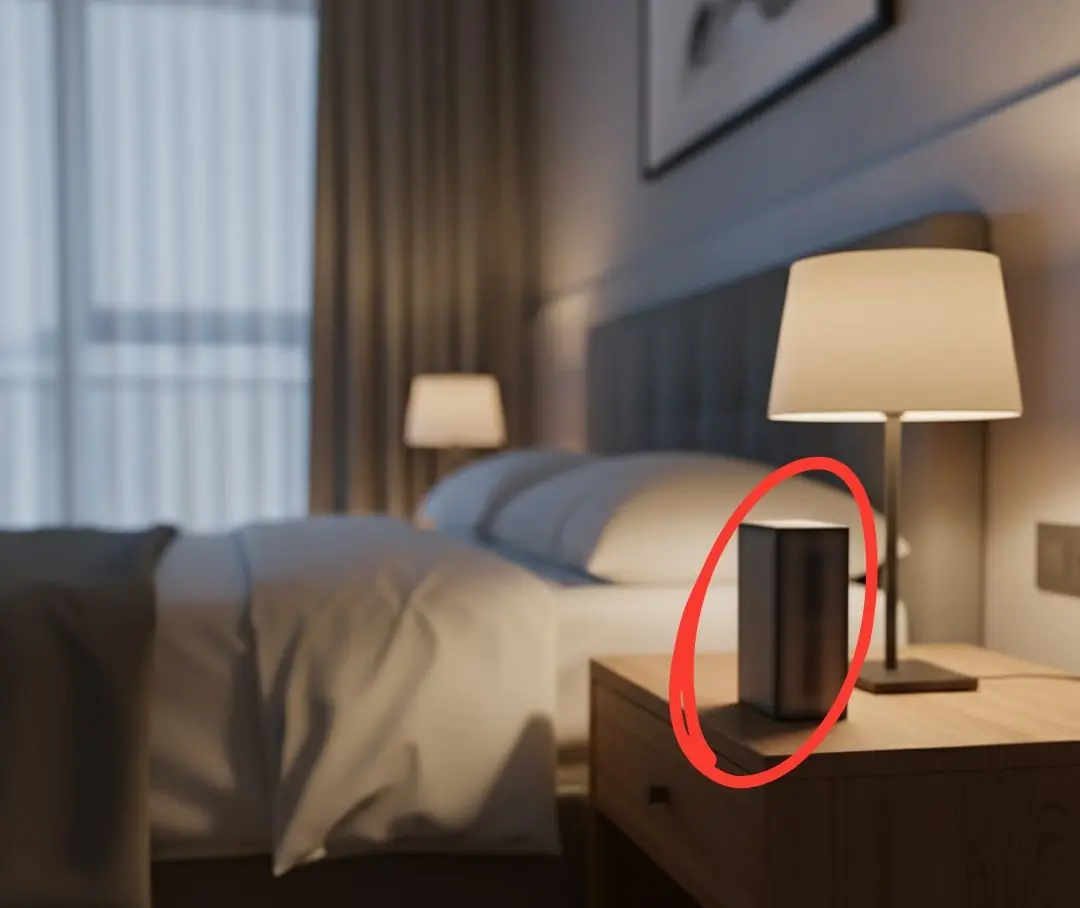
Remove this from your room immediately!! Lung can.cer!

Why Should Couples Over 50 Consider Sleeping in Separate Beds? Those Who’ve Experienced It Share 3 Key Benefits
News Post

When the body sends out these 4 signals, your cervical spine may be “crying for help”: Don’t wait until paralysis to regret it

Red Clover: 15 Amazing Benefits and How to Use This Healing Herb

Shrimp Rice Porridge (Savory Congee)

Senna Alata: The Powerful Candle Bush Offering 30 Remarkable Health Benefits and Simple DIY Remedies

Boiled Bay Leaves and Cloves: A Powerful Natural Elixir for Better Health

Strawberry Cheesecake Stuffed Cookies

There’s always a reason: Why dogs bark at or chase people?
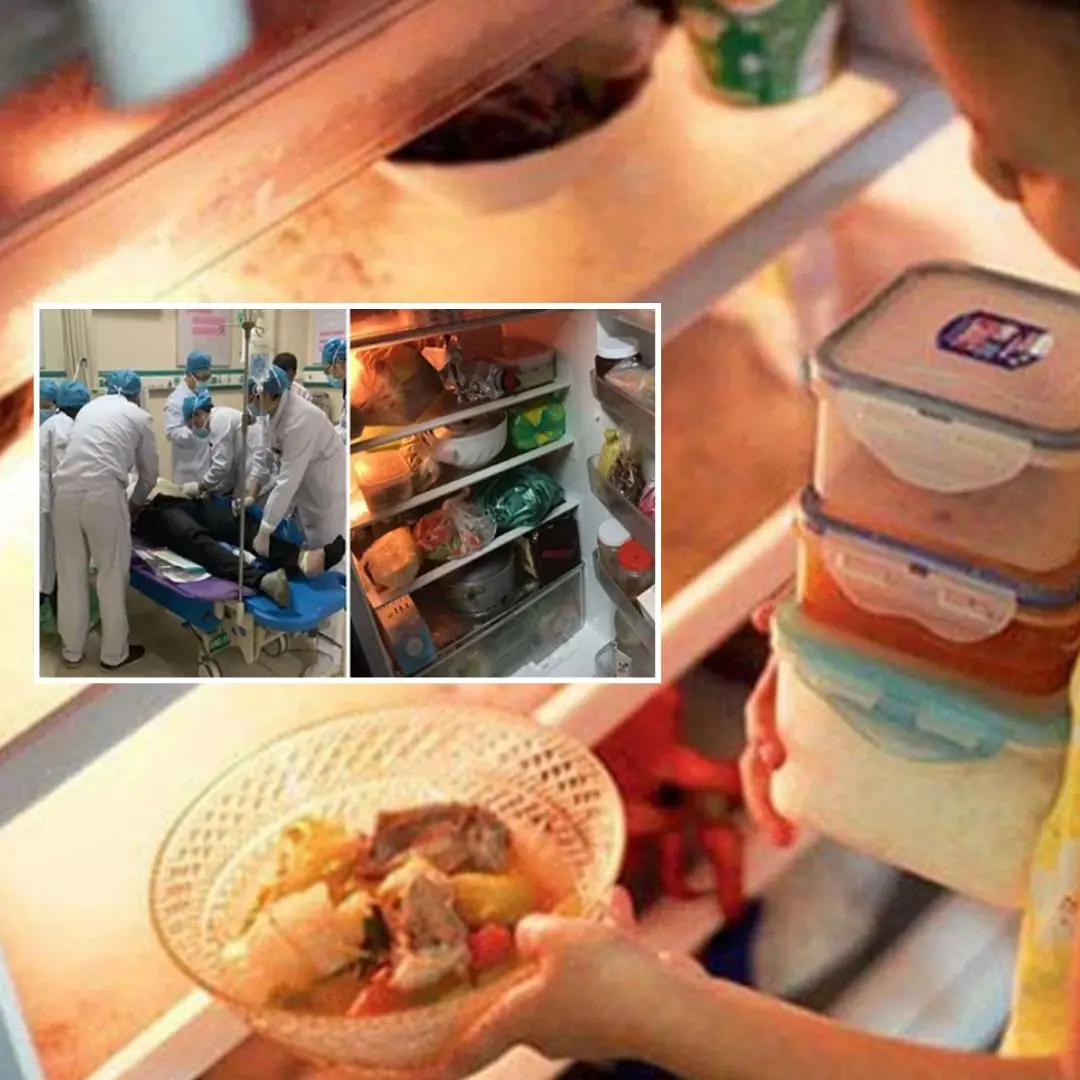
Eating leftovers from the fridge, 50-year-old man d.i.e.s: 5 foods you should never keep overnight, if left over, throw it away

Juniper: An ancient healing plant with powerful modern benefits

Garlic skins may seem useless, but they can be surprisingly helpful in daily life
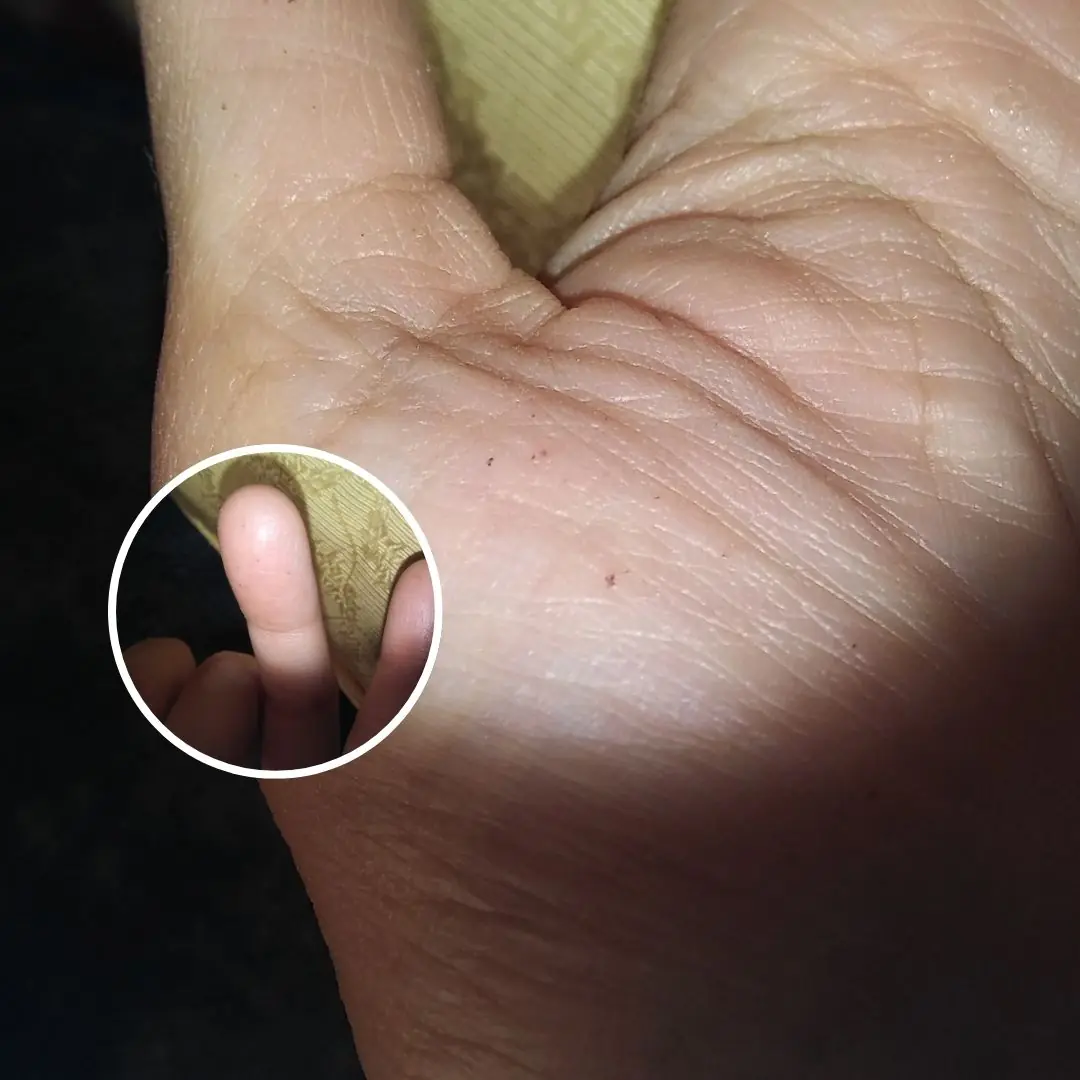
Red-Brown Speckles on Palms and Fingers: Harmless Marks or a Health Warning?

Chicken, Avocado & Tomato Bowl

Teriyaki Chicken Healthy Bowl
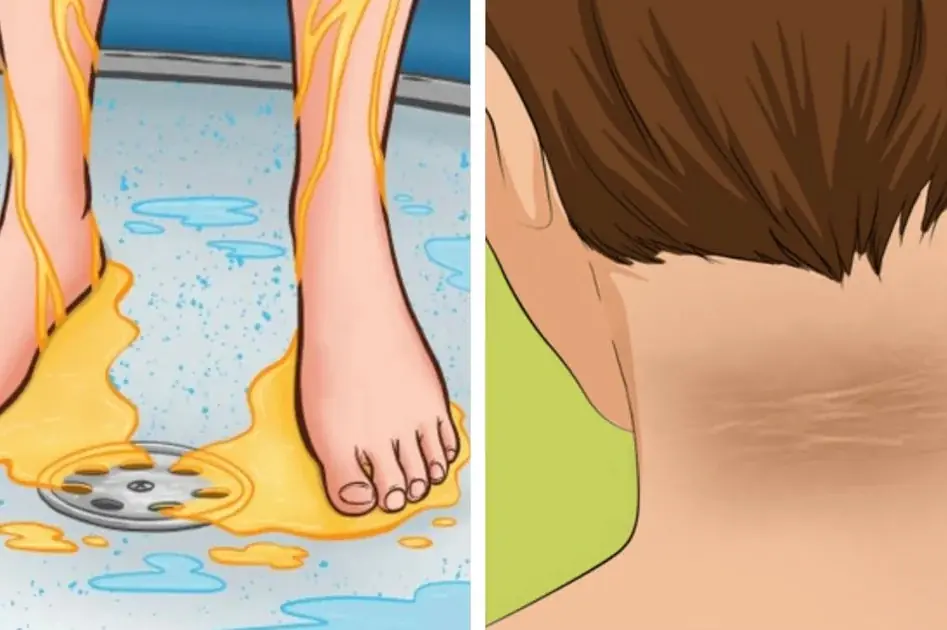
9 Early Signs of Diabetes You Shouldn't Ignore

Eggs and health: 6 types of eggs you should avoid to protect your body

Mixing Toothpaste with Salt: Surprising Uses and Benefits You Can Try at Home

10 powerful foods that can help lower your risk of str.oke

Coconut Lime Fish Soup

White Spots Around the Eyes: What Are They Really Telling You About Your Health?
